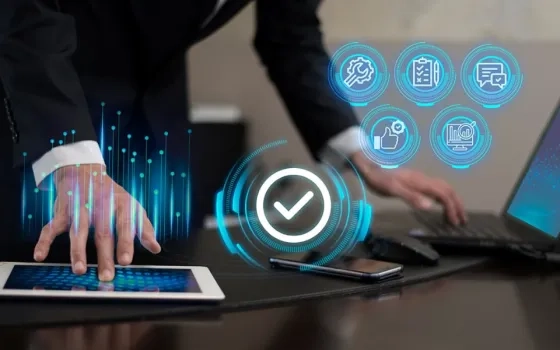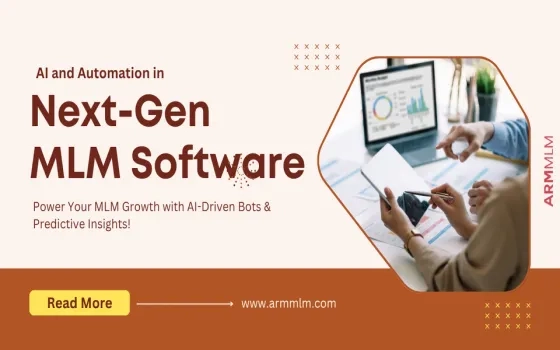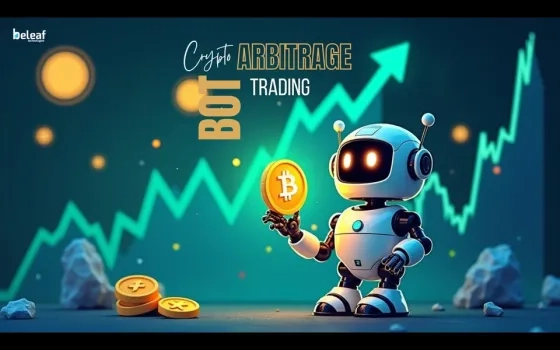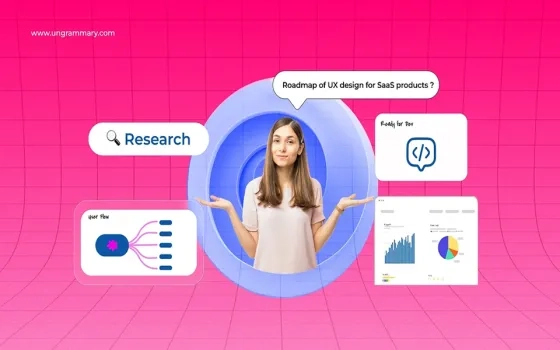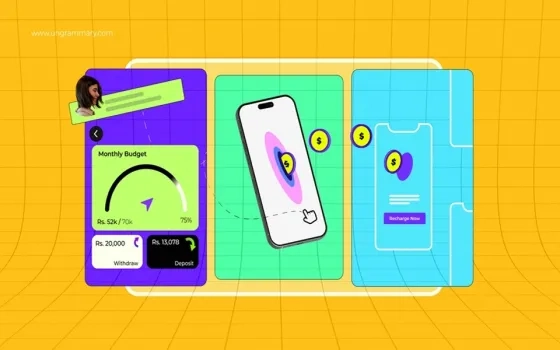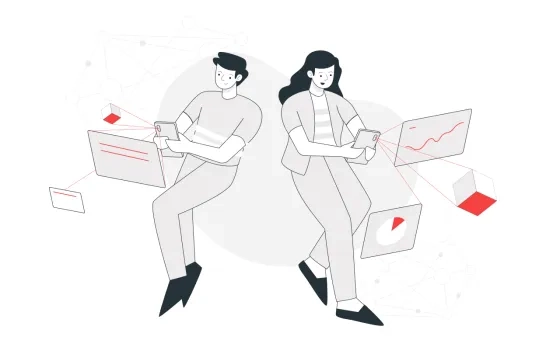Insights from Design4India’s Design Talk, a podcast series with thought leaders of design.
Don Norman one of the most influential voices in technology and design, A pioneer in human-centred design shared a broader view on design, experience, people and products with the technology of today at the recent podcast series by NASSCOM’s Design4India.
“ It’s easy to be a pioneer all you had to do is be very old.
— Don Norman
TECHNOLOGY ADOPTION AROUND DESIGN AND BEHAVIOUR IN THE LAST 20 YEARS
Technology has changed a lot, but human behaviour has not. And so the fundamental principles of how we should design technology for people have not changed.
Norman see’s that the real problem is the word, people. People centre technology start’s off first by looking at people, What people’s activities are, What their needs are and then design technology around them. But in the last 20 years to dominate the domineering theme is let’s start with the technology and then when we’re all finished, well we’ll figure out a way that people can sort of interact with it or ask people to do the part the technology can’t do. Which means people have to act like machines and people are really bad at acting like machines. So when people turn out to be bad at doing things that they are bad at, we blame the people.
But to be blamed is actually the way that it’s designed and thought of, so we should always be starting off with people, and even the Indian designers and engineers are also guilty of this indictment. There’s a temptation to start with the technology and it’s really hard to overcome, but that’s the fight Norman is taking forward for the last 20 years.
Norman says it’s interesting because We have gone forward, Things are much better, The new kinds of technologies coming in. But he gives a simple example of a graphical user interface in which the principles are pretty well done. Menus which help people remember, so they can just look at the alternatives and select it.
People can learn activities often with no manual just by trying out and learning.
And the very powerful command Undo. If someone does something wrong, they can undo it. But it not only lets one to correct from simple errors but many times people use it on purpose. They do things deliberately to see if they like it or not. But today’s technology with which the tablets, smartphones, screens that we work by swiping or tapping, but we’ve lost all of the fundamental principles. There’s no more undo that powerful command.
IT’S NOT ABOUT BEAUTY, IT’S ABOUT WHAT PEOPLE CAN ACCOMPLISH
Affordances define what actions are possible. Signifiers specify how people discover those possibilities: signifiers are signs, perceptible
signals of what can be done. Signifiers are of far more importance to designers than are affordances.
How do you know what you can do if you forget?
How do you know what the menu is?
A signifier reminds you or gives a little hint, little a button, a physical button. Hey, that’s kind of neat. I see it’s there. I know I can touch it. Well, we don’t have that anymore.

Especially true with apple, which thinks that it’s aesthetics, it’s about beauty. I thought we killed that a long time ago. It’s not about beauty, it’s about what people can accomplish, but no, I think the people at Apple thinks that if you put a word on the screen, it destroys the beauty of the screen, so they either do not use words or where they must use words. They say, well, let’s make it not pretty visible with very tiny fonts, low contrast. So old people can’t read it.
So when people pick an apple machine, do they know whether they should swipe up or down or two fingers or three or double tap or long tap or swipe left or right or swipe from the middle of the screen or swipe from a little bit. Feel the tap or swipe left, swipe right or swipe from the bottom because each one means something different and worse, each piece of equipment, the same company makes has slightly different rules.
In so many ways we’ve gone back and now we’re moving yet to gestures in space as we go into augmented reality and virtual reality, you can’t touch anything right with your fingers and so we have little controls that we hold in our hands, but they’re not really very good and we can’t feel anything. We hit something that you can’t feel it, so all sorts of new techniques have to be developed.
But this is also really very exciting. They’re exciting things that we can do and there are products which allow people to accomplish things we could never do before.

Now we even have exoskeletons so we could with the little effort, We can pick up a thousand kilogram weight just by lifting it with our hands because we lift up and the skeleton, the exo, which is a mechanical device we are wearing it notices that we are trying to move, so it provides all of the forces. All we produce is just a few grams of force and it provides a thousand grams or thousand kilograms necessary to lift the thousand kilogram weight.
There are all sorts of wonderful things happening, but only if we start with people and design it with people in mind.
THE KEY DESIGN PRINCIPLES IN TECHNOLOGY PRODUCTS AND SERVICE EXPERIENCES THAT ARE CHANGING TECHNOLOGY ADOPTION.
Social networks have been extremely powerful and they’re actually like with all technologies, There are wonderful things and bad things that happen as a result.
? Social Sharing : People all over the world subscribe, post things, make connections, talk on social network as the result we learn more about them, we see them as people, not as some esteemed dignitary that we read only on formal papers or hear them give formal talks, but when they post informal things about their everyday lives, then they become people and that’s really very enjoyable. Now it also results in the problem because anybody can post on social networks and troublemakers, these people out for commercial gain or just to cause trouble they steal information. So the social networks are not been very well done till now.
? Social Learning : If you want to learn how to make an Indian meal or solve a particular mathematical equation or understand the rainforest.
It’s on Youtube.
So what is the most powerful learning tool that we have today? YouTube. That has been a dramatic enhancement of people’s ability to learn irrespective of the location. You can learn from any place. Not only that what’s nice about the videos and the material, available on the Internet is that there are often written and done by people who had difficulty themselves in understanding and therefore once they understood, they want to explain it to you how they manage to learn it and that’s the best kind of teacher.
Somebody who understands the problems that you haven’t understood. And it’s also a really good example of learning by doing. Because most of the stuff tell us how to do different things, and they’re fairly sure. People don’t have to sit through a dull lecture by some famous professor. People want to see or listen to somebody to do something and say, Oh, I can do that too. So there is a huge innovation on how people learn things.
? Crowdsourcing : Crowdsourcing powerful innovation in technology. It’s all about people. It’s about using the wisdom of people. It’s about changing the way we design. It’s about how do we get away from today’s expert designed for people, to a situation where we can have people designing for themselves.

The service design experience also freed us from the tyranny of the machine age in many ways lets take Uber or any cab aggregator service which puts freedom in hands of people. For instance drivers now they don’t have to work as in a fixed time, they can work whenever they feel like. Still, there are a lot of issues which needs to be addressed like fair wages, avoid clogging up the city streets. But this also led to new business models like the bicycle, scooter sharing which resulted with their own good and bad things which are to be addressed in the next year or a decade and of course by then there’ll be all sorts of new wonderful, interesting problems to be solved
This is part 1 of the series of insights from Design4India’s Design Talk with Don Norman.
‘For more podcasts and expert talks on Design, please visit https://design4india.in/‘







